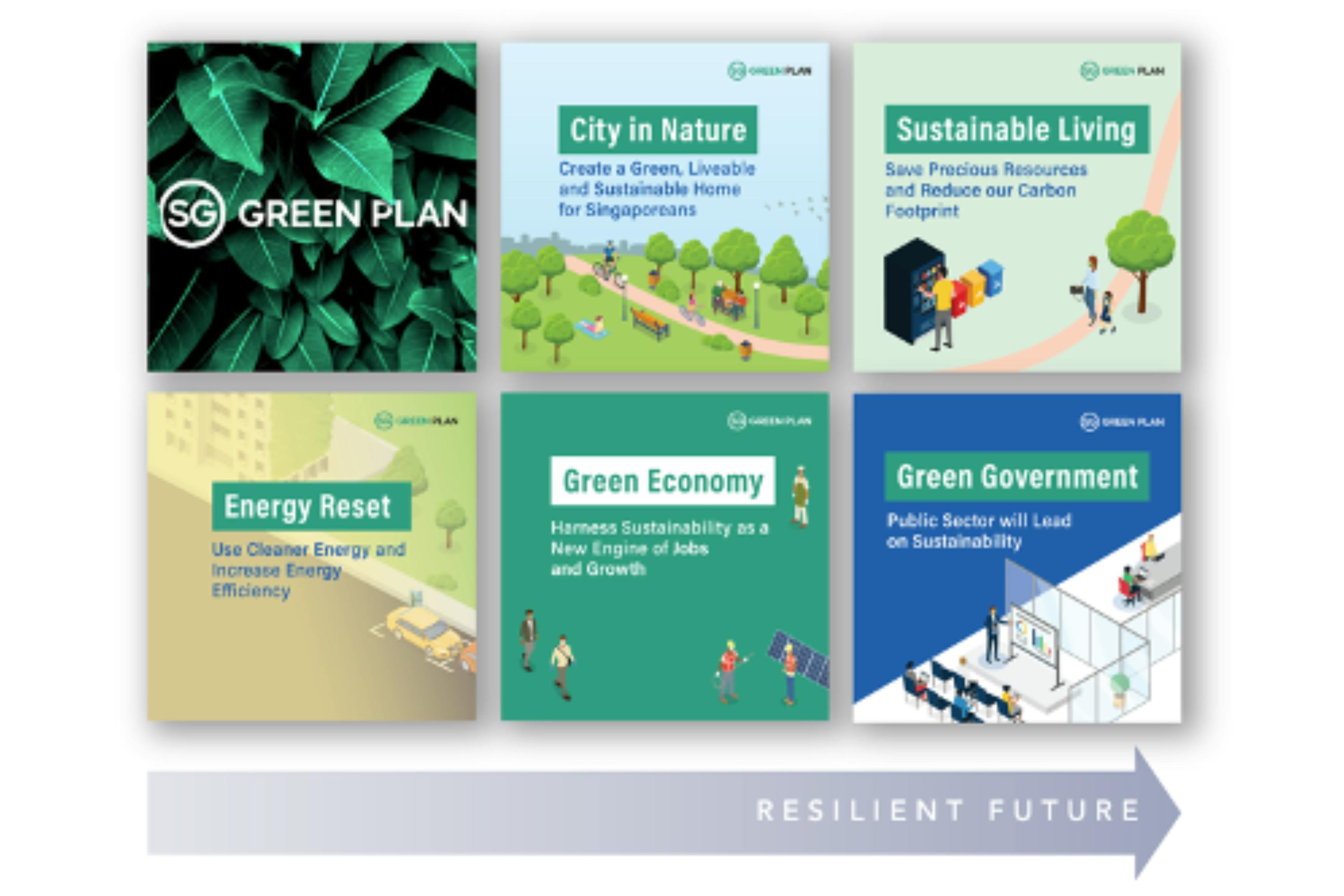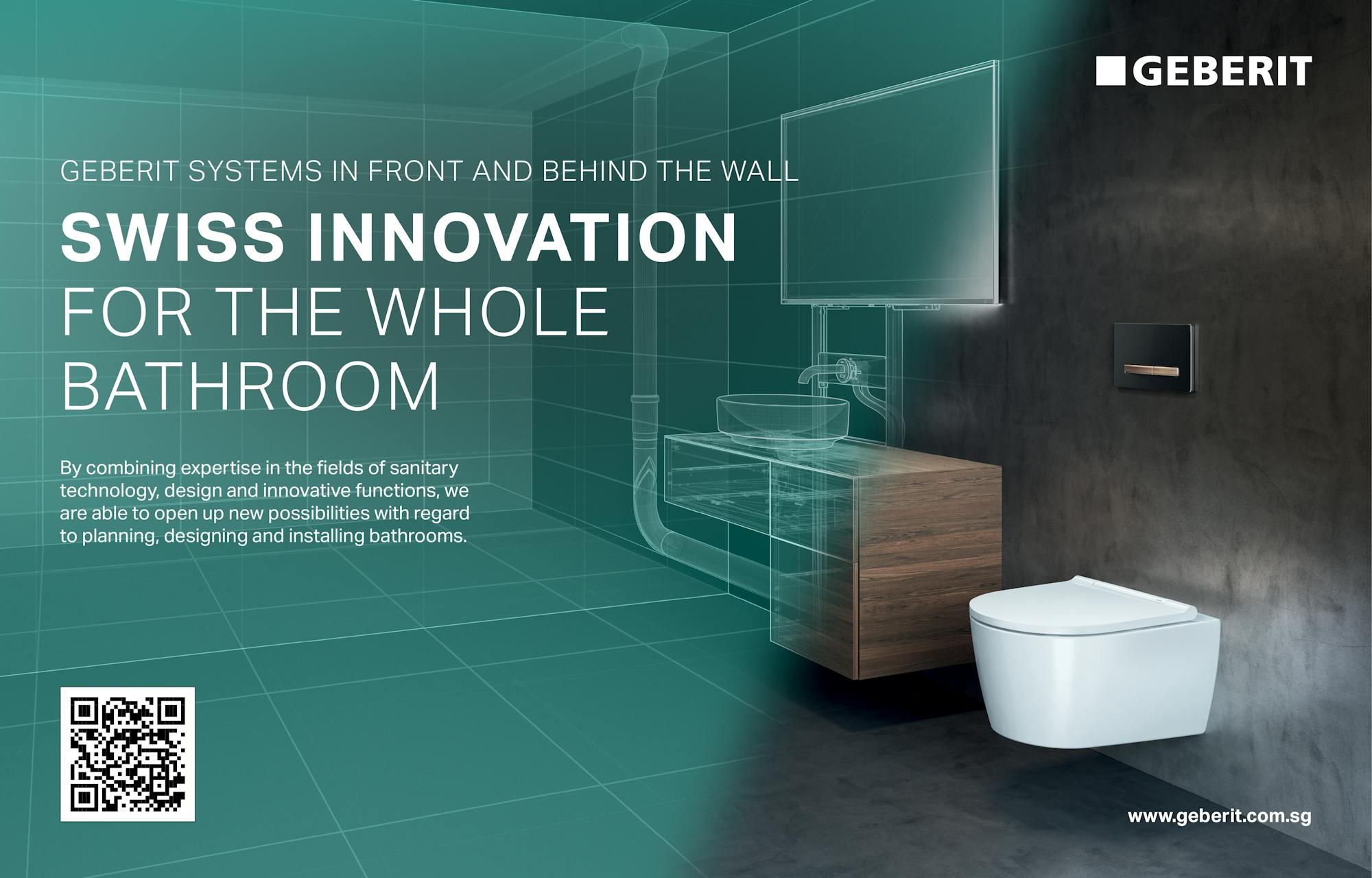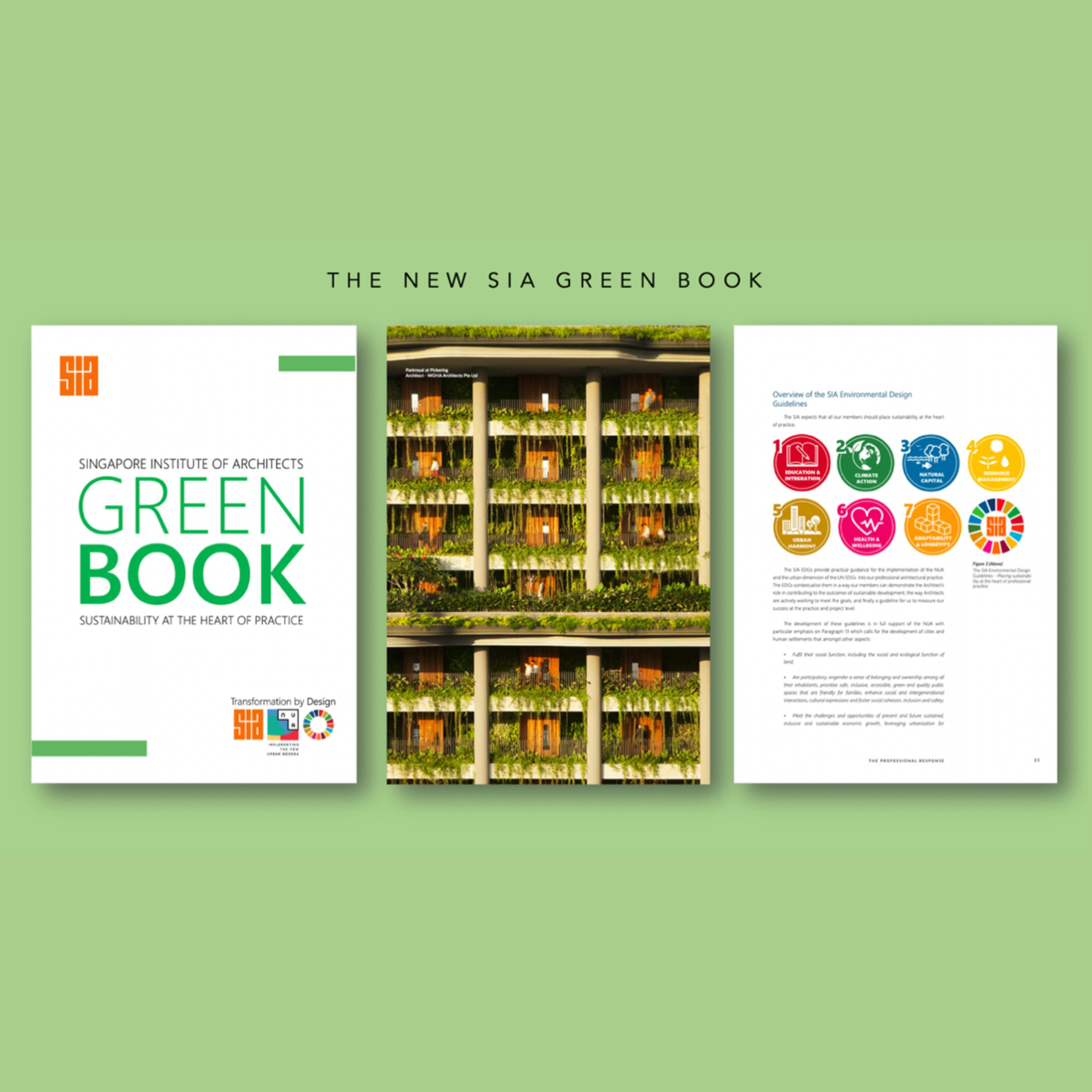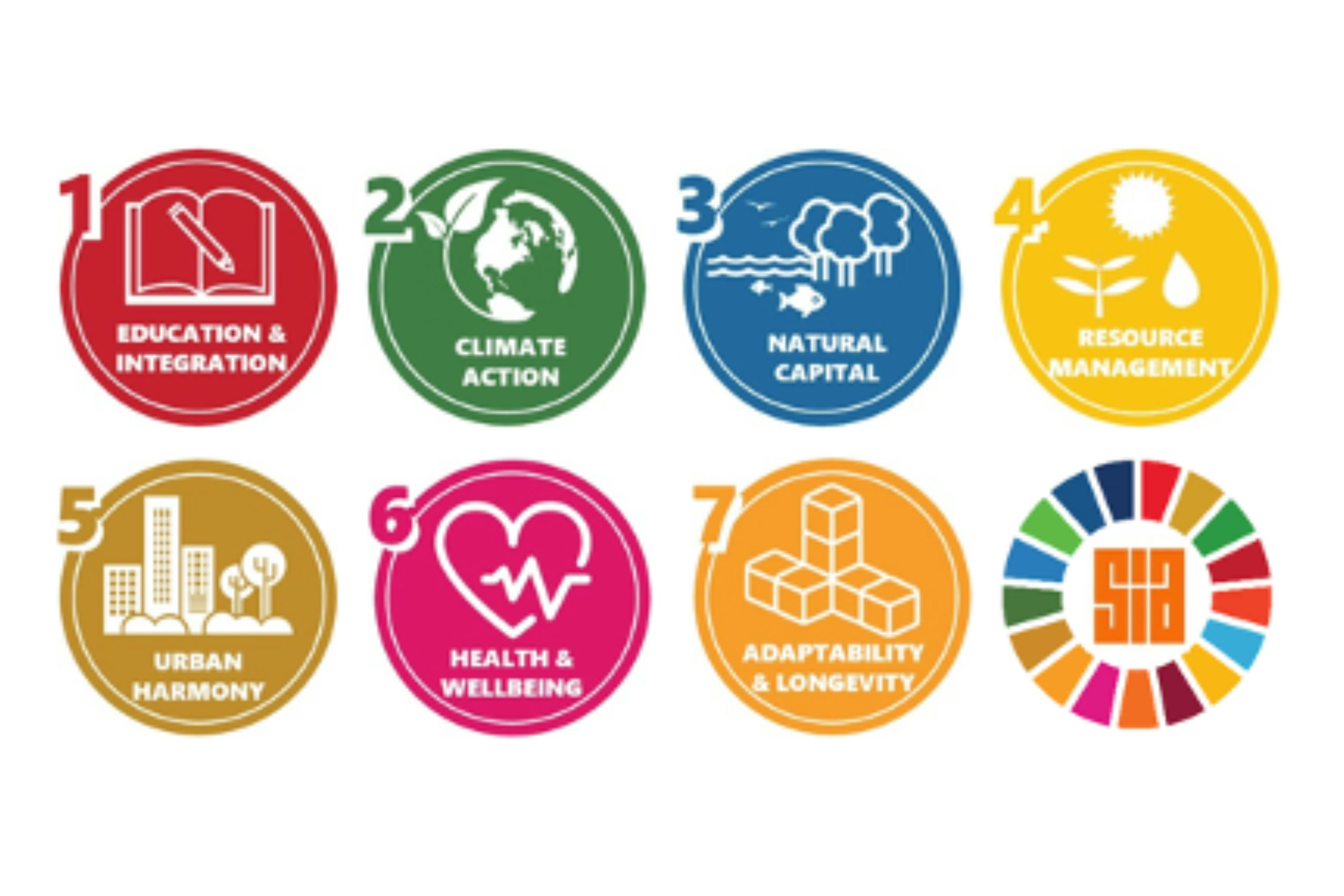Towards Sustainability & Resiliency: The Seven Environmental Design Guidelines
To date, the COVID-19 pandemic has claimed almost 5 million lives worldwide, with many more unreported cases. Yet, prior to the COVID-19 explosion, the world had already faced two looming crises – climate change and biodiversity loss. The IPCC (UN’s Intergovernmental Panel on Climate Change) report released in August 2021 claims, amongst other damning points, that:
- The past five years have been the hottest on record, since 1850;
- The recent rate of sea level rise has tripled in the last fifty years;
- Human influence accounts for 90% of why glaciers are retreating and Arctic sea-ice is melting since the 1990s.

Global warming – to a tune of +1.09 degrees Celsius over the past 150 years – has impacted natural biodiversity systems irreversibly. Our entire notion of food and nutrition will need to be shaken up, as crops may no longer grow and ocean waters may no longer become tenable for seafood. Ironically, yet unsurprisingly, it is the way we consume – and indeed, the way we build – that have contributed to these crises. The acceleration of global carbon output following the Industrial Revolution, in tandem with rapid rural-urban migration, has put a massive strain on cities and their infrastructure. Meanwhile, the continuing culture of overconsumption, catalysed by the explosion of mass media in the latter half of the 20th Century, has accelerated the planet’s manufacturing output, and concomitantly, its waste output. These have shifted the balance of natural ecosystems, and rendered some climes uninhabitable.
The spread of COVID-19 – and other prior respiratory disease outbreaks – has been attributed to our wanton behaviours in urbanisation, industrialisation and overconsumption. While it may seem naively remissive or even crudely dogmatic to attribute the pandemic as a “punishment” for our practices, there is some truth in that notion. When human activity breaches natural habitats, peripheries between man-made landscapes and natural landscapes are blurred, encouraging the spread of zoonotic diseases. Unbridled densification and poor hygiene conditions then precipitate convenient transmission of the disease.
SIA’s Seven Environmental Design Guidelines (EDGs)
In the context of these concurrent crises, the SIA Sustainability Committee has developed the seven SIA EDGs – Environmental Design Guidelines which, if appropriately adopted, would gear towards a more sustainable built environment. Drawing reference from the United Nations Sustainable Development Goals (SDGs), the EDGs focus on aspects over which Architects and building professionals have agency.
As a guide, the SIA Green Book (2020, digital edition, free download from the SIA website) expounds on these EDGs. It demonstrates how specific EDGs become relevant in the building life cycle process and describes how these EDGs can be measured.












